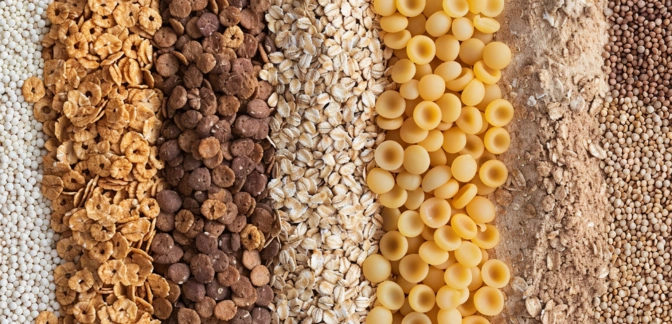Waffles — Nutrients, Health Benefits, and Shopping Tips

Written by Listonic Team
Last update on September 4, 2024
Waffles nutrients
Nutrition facts
Amount per 100 g
Calories
🔥 273 kcal
| Nutrients per: 100 g | Value | % Daily Value* |
|---|---|---|
| Carbs | 41 g | 14.91% |
| Fiber | 2 g | 7.14% |
| Sugars | 10 g | 20% |
| Glycemic Index | 76 | - |
| Protein | 6 g | 12% |
| Sodium | 380 mg | 16.52% |
| Total Fat | 9 | 11.54% |
*The % of Daily Value (DV) tells you how much a nutrient in a serving of food contributes to a daily diet. 2,000 calories a day is used for general nutrition advice.
Waffles facts & tips
Health benefits
- Provides sustained energy from their carbohydrate content, making them a good source of fuel for the body and brain.
- Can be a source of fiber if made from whole grains, supporting digestive health and promoting regular bowel movements.
- Contains essential vitamins and minerals if made with enriched flour, such as iron and B vitamins (like folic acid), supporting overall health and well-being.
- Versatile and customizable, allowing for the inclusion of nutritious toppings like fruits, nuts, and yogurt to enhance nutritional value.
Health risks
- High carbohydrate content particularly in waffles made from refined white flour, which can cause rapid spikes in blood sugar levels, particularly concerning for diabetics.
- High sugar content particularly in sweetened waffles or those served with sugary toppings like syrup or whipped cream, which can contribute to weight gain, tooth decay, and increased risk of diabetes.
- High fat content particularly in waffles made with butter, oil, or other high-fat ingredients, which can raise cholesterol levels and increase the risk of heart disease when consumed frequently.
- Low nutrient density as waffles are typically made from refined ingredients and may offer limited vitamins or minerals.
- Potential for overconsumption due to their palatable nature, leading to excessive calorie intake if not mindful of portion sizes and toppings.
How to choose waffles
Waffles should be golden-brown with a crispy exterior and a soft, airy interior. The grid patterns should be well-defined, and the aroma should be invitingly buttery and sweet.
Avoid waffles that are limp or pale, as these have likely been undercooked. Waffles that smell burnt or taste overly doughy should also be avoided, as they won't provide the delightful breakfast experience expected.

How to store waffles
Waffles should be stored in an airtight container at room temperature if consumed within a day. For longer storage, refrigeration or freezing is recommended to maintain their freshness and texture.
Exposure to air can cause waffles to become stale. Avoid leaving them uncovered or in humid environments. Reheat refrigerated or frozen waffles in a toaster or oven to restore their crispness and flavor.
✅ Extra Tip
How long do they last?
Waffles can last for 1-2 days at room temperature when stored in an airtight container. If refrigerated, they can last for 3-5 days. For longer storage, waffles can be frozen for up to 2-3 months.
What to do with leftovers?
Leftover waffles can be used in a variety of sweet and savory dishes. Toast them and serve with butter, syrup, or fresh fruit for a quick breakfast, or use them as a base for a waffle sandwich with eggs, bacon, or cheese. Waffles are also great when turned into French toast by dipping them in an egg mixture and frying until golden.
Use waffles in a waffle dessert by layering them with ice cream, whipped cream, and chocolate sauce, or mix them into a bread pudding with eggs, milk, and spices. If you have a lot of waffles, consider making a batch of waffle croutons by cutting them into cubes, toasting them, and using as a topping for salads or soups. Waffles can also be used as a base for chicken and waffles, a classic comfort dish. For a quick snack, enjoy waffles with Nutella, peanut butter, or jam, or simply eat them on their own as a light treat.
👨⚕️️ Medical disclaimer
Discover products from other categories
Listonic Team
Fact-checked
Our editorial team checked this article to make sure it was accurate at the time of publishing it.
Get the top-rated shopping list app







